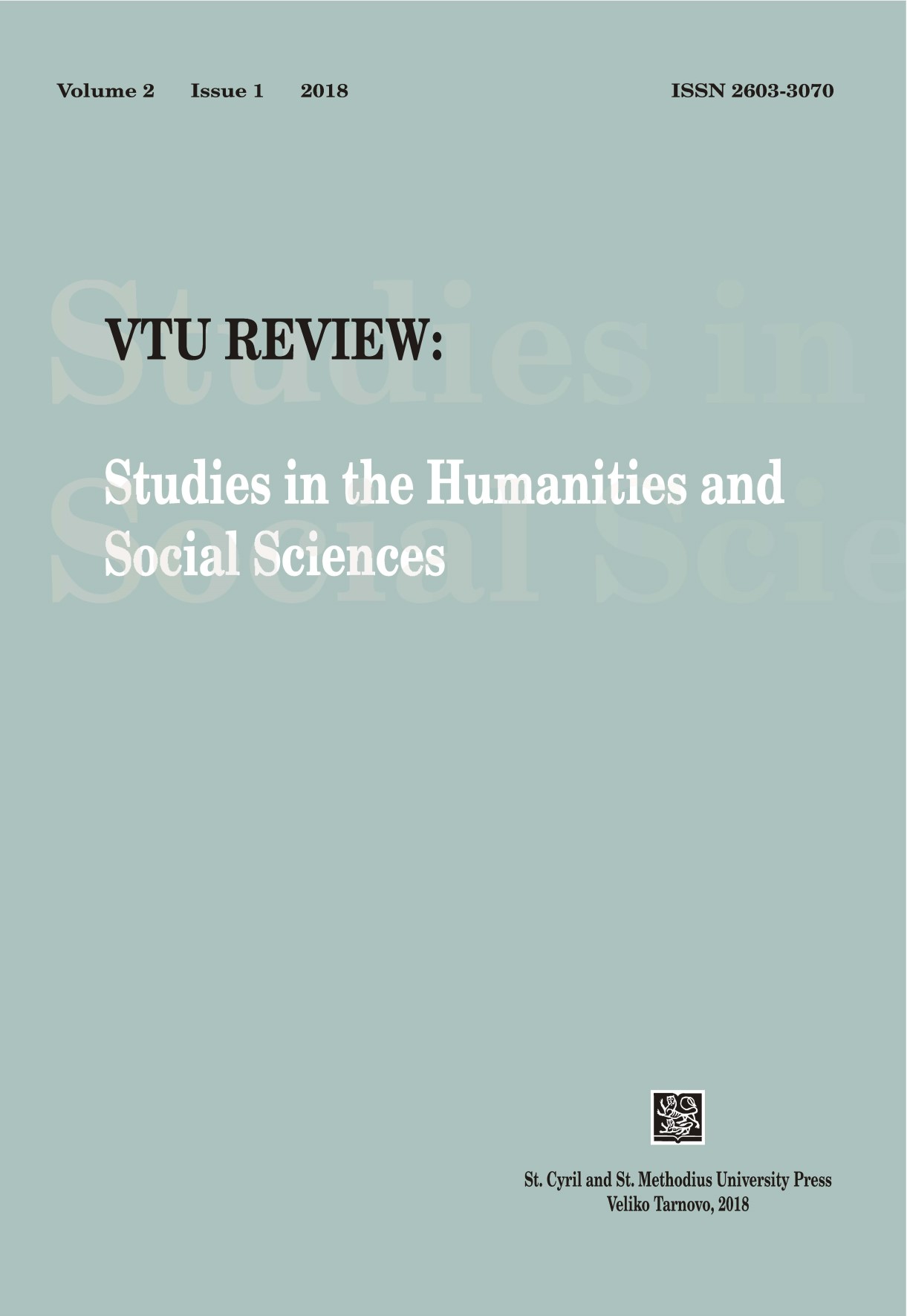
We kindly inform you that, as long as the subject affiliation of our 300.000+ articles is in progress, you might get unsufficient or no results on your third level or second level search. In this case, please broaden your search criteria.

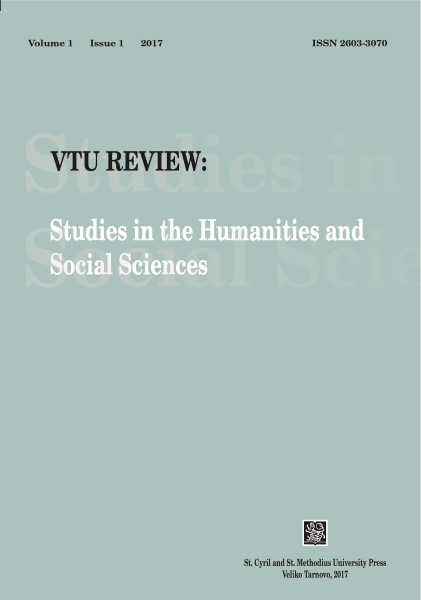
This article focuses on three English plays, The Renegado, or the Gentleman of Venice (1624) by Philip Massinger, The Tragedy of Mustapha, Son of Solyman the Magnificent (1665) by Roger Boyle, Earl of Orrery, and The Siege of Constantinople (1675) by Henry Neville Payne, which were written at a time when the illdefined entity generally known as “the West” today was not in the ascendant and apprehensions of the expansionist Ottoman Empire and its dependencies in North Africa played an important role in European social and political life. The plays are approached from a historicist perspective as attention focuses on anxieties aroused by the early modern European perception of Islam as an alien religion that nevertheless attracted Christians and incited them to convert. Representations of religious conversion are also analysed in terms of gender differences. In addition, each of the plays is read as a response to a particular set of social and political problems, which troubled early modern England and were re-imagined through dramatized stories of encounters between Muslims and Christians.
More...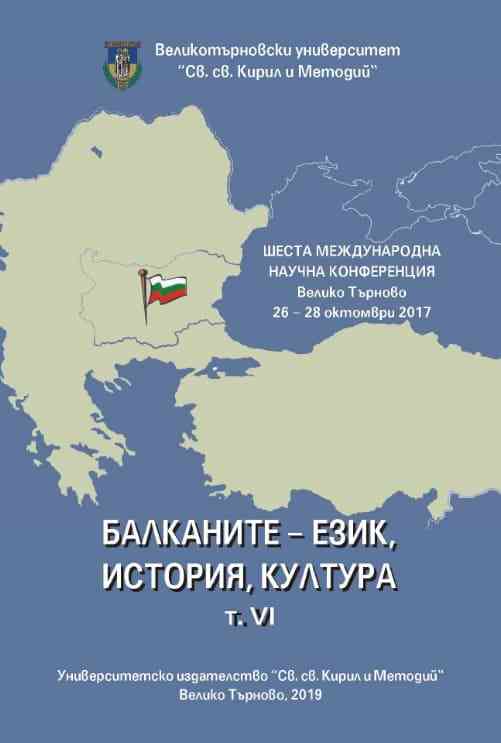
The study is focused on the ecclesiastical penalties and sanctions (one of the most sufficient aspects of the development of Christianity, since the formation of the Christian church, worship and cult), imposed on the Orthodox clergy and parishioners in the Balkans during the 17th and 18th cc., an еspecially dynamic and controversial period in the history of the Orthodox Church under the Ottoman rule. In the study are discussed unpublished documents from the “Piskopos kalemi” fund of Baюbakanlэk Osmanlэ Arюivi – Эstanbul – patriarchal and metropolitan pleas (arzuhals), public petitions (mahzars) and various types of sultan orders (fermans, hьkms, etc.), as well as a large part of the published Patriarchal and Metropolitan berats and others. The comparative analysis of this complete information and the cases of Orthodox canonical law, especially the nomocans of the 17th and 18th cc., gives the opportunity to comment in details the different types of ecclesiastical punishments and sanctions imposed on laymen and clergy (priests and bishops) concerning: problems encountered in collecting church taxes and charges; a different type of “deviations” from moral-ethical Christian norms and canonical requirements; the family-marriage relationships of the parishioners. The commented documents reveal not only the complete register of applied church punishments against the clergy and the laity – penances (fasting, prayer, pilgrimage), temporary and full excommunication, the significant “haircut” of the priests, but also the peculiarities and essential features of applied church law.
More...
We will concentrate our attention on the smallest entity which shaped the infrastructure of the church organization – the parish in the region of Popovo. Analysis of the registers from the 16th century in (1524–1550; 1555–1556; 1598) shows us the presence of one complete parish network. The large number of priests and sons of priests in some settlements shows growth and consolidation of the parish network in a number of settlements – Dolne Kovachofche, Palamariche, Haydar, Ablanovo and Gagovo. This is probably due to the migration of clerics from other parts of the empire to these Christian villages. On the other hand, a large part of the villages remain without priests throughout the studied period. The reason for the “lack” of priesthood is not only the “deficiency” of priests but also the small number of the registered Christian population in these villages during 17th century. The widespread use of names borrowed from the Christian church shows the high degree of religiosity of people and the place of religion in their lives.
More...
Together with the mosques, hamams are among the most characteristic Muslim public buildings. Usually they were part of an architectural complex – imaret. In addition to the Friday mosque and a number of commercial buildings, there was also a hamam in the urban center. Their place and importance in the architectural and urban planning of the settlements has not been studied yet. In this study we look at the issue of the number of hamams in some Bulgarian towns during XVI–XVII c., what is due to, whether it is permanent or not, and how much it is related to the size and the population of the cities. Since they are part of a vast empire, they must to be placed in any case in the context of the other Ottoman provinces. This will allow the question to be answered if there is a difference between them or the things are identical.
More...
This article attempts to present the genesis of craft organizations. Issues concerning the Shaun organization have been repeatedly dealt with in historiography, especially those concerning the Bulgarian Revival. In the 18th and 19th centuries the professional craft guilds developed their full potential as an “economic conductor” of Ottoman everyday life. This is the way most of the researchers consider it as already formed institution with its strict hierarchy and rules governed by a 1773. And the period of their origin in the preceding centuries is presented in a mock-and-pattern way. For this reason, we will address the issue concerning the genesis of the Bhagavad in the 15th–17th centuries. The three main ones (the Byzantine, Arabic-Turkish and Western European) available for the origin of the workshop structure are subject to extensive analysis. The inconsistencies in them are eliminated. In Bulgarian historiography a so-called “mixed approach” was introduced, bringing together two of the above-mentioned opinions. The first to use the term esnaf is Evliya Зelebi in his description of the guilds in Istanbul. It includes an expanded meaning for everyone: “members of the guild, artisans and merchants.” That is, the term is generalizing for him. Two large subgroups, described as guilds, can be seen in Siayatnameto’s text. The first group includes: members of the ulema, hired workers (of all kinds) and communities of marginal groups. And second, merchants. Such a distinction is useful to us as a landmark but has no fundamental significance in the economic and social reality of the seventeenth century.
More...
The focus of the study are two texts from the hagiographic cycle for Saint John of Rila. The first one is Vladislav Gramatik’s Rila Story, which represents the act of return of the saint’s relics to the Rila Monastery in 1469 as the first attempt for Balkan Orthodox consolidation after the Ottoman conquest. The second text is The Life with a Short Encomium by Demetrius Cantacuzenus where the historical exposition examines the reasons for the destruction of the Balkan Orthodox civilization.
More...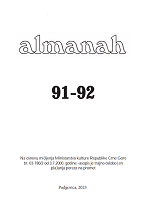
Like other kadiluks in the system of Turkish administrative division, Novskikadiluk was located between the basic administrative units of sandjak and nahiya.It belonged to the Herzegovinian sandžak, which was founded in 1470, and the kadiluk itself was founded in 1485 and its seat was in Herceg Novi.
More...
Viševjekovna vladavina Osmanlija Balkanskim poluostrvom, po prirodi stvari, uticala je na mnoge segmente svakodnevice tamošnjeg življa i one se prepoznaju u jeziku, kulturi u najširem smislu, kulturi ishrane, stanovanja, etnologiji i mnogo toga još, o čemu je nastala brojna literatura. Predmet našeg interesovanja je dugo godina bio okrenut izučavanju sadržaju i posljedicama te vladavine. Iako je ona prestala prije više od jednog vijeka, nema naroda kojeg se toliko ticala vladavina Osmanlija koliko je to bilo kod Bošnjaka i u pozitivnom i u negativnom smislu. Zašto? Odgovori na ovo pitanje su veoma složeni i tiču se oblikovanja “slike” Osmanlija u nacionalnim i evropskim istoriografi jama. Ako imamo na umu da je intezivno gradjenje te “slike” započeto u drugoj polovini XIX vijeka, tj. u vrijeme nacionalromantizma i samim tim potrebe demonizacije Osmanlija, koju su strpljivo gradili u viševjekovnoj naraciji i balkanski narodi i Evropljani.
More...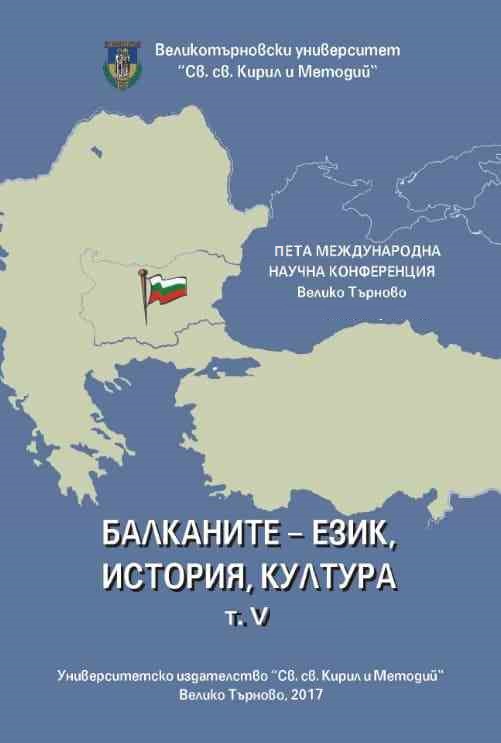
The present work contains an analysis of the Southern Dobruja’s toponyms, proving the permanent existence in this region of an autochtonous population, dating from the times of Getae and the Romans and to this day, irrespective of the domination oppressing them. The elements of the natural environment were reflected in the toponymy, some of the localities borrowing their names from the characteristics of the relief or of the geological features of the land. Most of the toponyms in Southern Dobruja are of Turkish origin, bearing diversified meanings, sometimes being the names of the settlers, of the prevailing economic activities or human specificity.
More...
The main characteristic features of the Early Ottoman single-domed mosques are well known. This type of mosque was particularly widespread in the whole of the Anatolian region and the Balkans. A few Early Ottoman single-domed mosques are known from Bulgaria – the mosques in Yambol, Stara Zagora, Veliko Tarnovo, Kyustendil, Karlovo, etc. Among them, Eski Mosque in Yambol and Ahmet Bey Mosque in Kyustendil deserve special attention for their rare layouts. Despite that, the characteristic features that put them in the frame of the Early Ottoman period are not well illustrated. The analysis of their layouts, porticoes, positions of the minaret, building materials, etc. shows that the single-domed mosques from the Early Ottoman era in the Bulgarian lands followed the development of the general planning characteristics and constructional techniques of the period. The creation of rare types like Eski Mosque in Yambol and Ahmet Bey Mosque in Kyustendil, realized only a few decades earlier in North-West Anatolia, shows the connection between Anatolia and the Balkans.
More...
The article discusses the personal and public space of the merchants in Rumelia in the city space of Filibe and Sofia. The main criteria for the distribution of the cities in the Ottoman Empire and the special place occupied by the two consecutive centres of Pasha Sanjak are presented. An attempt is made to trace the history of the coming into existence of the craftguilds and their professional and public functions, which is perceived as a main common feature among all the traders in the Empire. Several paragraphs of the paper are devoted to factors affecting traders: the geographical extent of the activities being performed; the goods traded – adapted to a specific market in a given city or exported outside the Ottoman Empire; the confessional belonging of traders; the producers engaged in trade or resale. All these circumstances determined one’s attitude towards the market, the workers, a city and the Empire, and, after that, towards religion, the education system, etc. Attention is paid to the activities of the people from Dubrovnik. Their colonies were established in towns attractive for their geographic situation or well developed economic relations with the different parts of the Empire. It is for this reason that they set up their communities in Filibe and Sofia. Individual motives for starting a certain entrepreneurial activity, the attitude of the central government to the confessional communities, etc. are also examined. The space around the carsi shops absorbed the everyday life of their owners. This was easily noticeable because it had different functions throughout the different parts of the day. During the business hours, all the activities related to the exchange of goods were done in the open, in front of the participants in the process. Within the framework of this process, the meeting with the other important subject of the commercial activity – the client – was realized. It was then that the shop changes its appearance. It had to become an attractive centre but a number of circumstances had to be available for this: a key location, high quality of the range of goods offered, and the seller’s talent. In the course of the day, it was transformed, its appearance was changed, the leading figures as well. The communication with the customers was ousted by the relations between apprentice and master. All this means that the workshops (and subsequently the offices) should not be regarded as a “room with the instruments belonging to it”, but as essential centres of communication between people from one and the same guild. Apart from their main commercial functions, the workshops could also have specific ones as for example guaranteeing the regulation of the rights of women in the family. The influence of merchants on urban architecture, planning and art is also discussed in the paper.
More...
The present paper is based on selected documents (sultan’s orders, patriarchal and metropolitan requests – arzuhal, requests by parishioners, collective petitions – mahzar – of metropolitans and bishops of various dioceses, different types of income and expense excerpts, etc.) from the partly published fund Piskopos kalemi of the Istanbul Ottoman Archives. The author focuses her research interest on the specificity of the relations between the representatives of the higher clergy as well as on the relations between the parish clergy and their dependent congregations, on the one hand, and the Orthodox bishops, on the other. The result of the intrigues and conflicts between the three sides of the Orthodox community (prelates, priests, and parishioners), eloquently attested in the commented documents, is the direct interference of the Ottoman authority in spheres, which were legally protected against such interference.
More...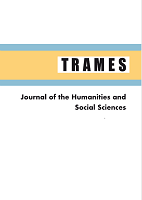
The article examines the representation of the Turkish pioneer personage called Ibrahim Pasha (1493–1536) in Elkanah Settle’s “Ibrahim the Illustrious Bassa” (1677). He is known as the Westerner born a Christian, and the favourite to Sultan Soliman the Magnificent (1494–1566) who viciously executed him. But in Settle, the conspiracy to slay Ibrahim failed. The Turkish grand vizier Ibrahim is symbolic in Restoration Age for the terrific abuse of friendship by the Ottoman Sultan. Settle envisages Ibrahim Pasha with admiration for his success as well as his dramatic fate to encounter the Turkish tyranny. The author meticulously portrays the Christian born Ibrahim’s fidelity against the Turkish Soliman’s infidelity. However, Settle articulates his allure in the confrontation between Europe and Turkey in the Ottoman palace of Constantinople to amuse the English audience.
More...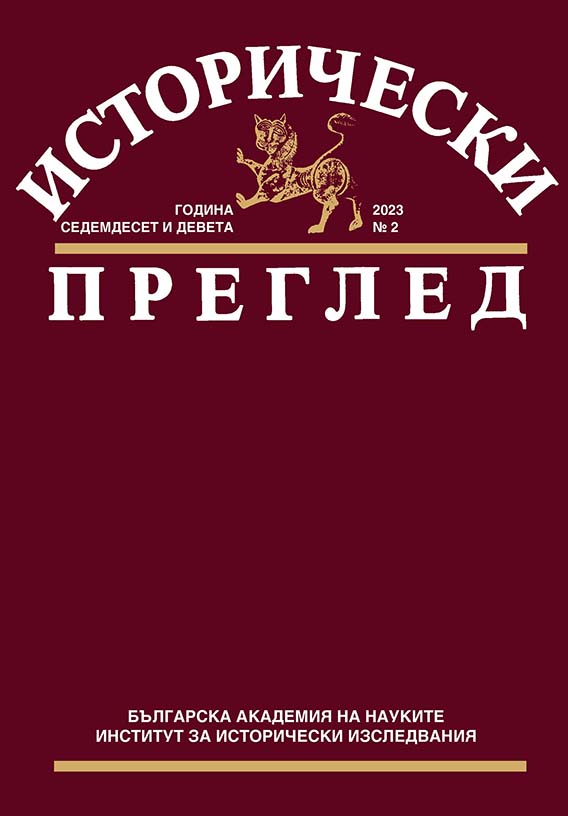
This paper offers a reproduction, Bulgarian translation, and analysis of a previously unexplored account in the “Annals of the Ottoman Dynasty” by the Ottoman scholar Kemalpashazade (ca. 1468–1534). The text of the source concerns the relations between the anonymous Byzantine lord of the town of Bolayır on the Gallipoli Peninsula and the Bulgarian ruler of Nikopol called Shishman in the context of the early Ottoman conquest of the Balkans. The purpose of the research is to reveal the historical figures and events included in the account as well as the possible paths by which the memory of them reached Kemalpashazade. The juxtaposition of Kemalpashazade’s text with a number of historical sources from the 14th through 18th century has allowed for two major conclusions. Firstly, the lord of Bolayır is probably identical with the Byzantine governor of Gallipoli who appears with the name of Asen tekfur in Enveri’s Dusturname and can be identified with either Manuel Asen or John Asen, the sons of the Byzantine aristocrat of Bulgarian origin Andronikos Asen. Secondly, the image of Shishman in the “Annals” has likely resulted from a contamination of the memory of several representatives of the Shishmanid dynasty such as the Bulgarian tsars Mihail III Shishman, Ivan Alexander, and Ivan Shishman as well as, possibly, the latter’s namesake uncle. Particular attention is paid to some parallels with the information about Bulgarian-Byzantine relations at the time of Tsar Michael III Shishman as described in the fifteenth-century History of Laonikos Chalkokondyles, whose possible reception among Ottoman literati including Kemalpashazade is also discussed in the paper.
More...
Hristodul Valchev Shishmanov /1784-1870/ is among the prominent historical figures from Haskovo with an interesting biography, sounding at times like a legend. Therefore, over the years, great interest has been shown in his life, but so far no research has been written about him and his family. Attempts at a comprehensive study to present the personality of Hristodul V. Shishmanov – one of the brightest Haskovo revivalists and his family, have not been made. Representatives of the family are mentioned in various studies in connection with different historical events. This adds to their genealogical history but is not a complete study of it. In 2021, one of the descendants of the family provided the Regional History Museum in Haskovo with a family tree and helped clarify many unknown moments in the history of both the family itself and the city of Haskovo.
More...
The formation of the Bulgarian parliamentary system started in the fall of 1879 when the first elections for the country’s legislative body were held. Expectations for the young administration were not high however it, although already deprived of the tutelage of the Russian occupation authorities, not only managed to create conditions, to carry out the preparatory actions and hold the vote, but did it in the two consecutive Sundays provided for in the law. The local and central government bodies drew up the constituencies, created the electoral lists and included in them the people with passive and active suffrage, provided them with access to the polling stations and with a relatively honest and effective management of the electoral process. With problems and difficulties, the vote was held everywhere and there was no election in only one constituency. The first parliament did not vote a single law, it only succeeded in confirming its composition, passed a vote of no confidence in the government and initiated several political practices.
More...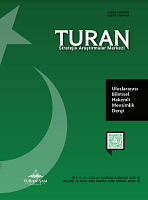
Turkish nationalism is an ideology that emerged in the last period of the Ottoman Empire. Ziya Gökalp and Yusuf Akçura are among the most important names of Turkish nationalism in this period. These thinkers are accepted as first generation Turkish nationalists. In the period of the Turkish Republic, perhaps the most important symbol of Turkish nationalism is Hüseyin Nihal Atsız and Reha Oğuz Türkkan. These thinkers are accepted as the second generation Turkish nationalism. However, Turkish nationalism advocated by Hüseyin Nihal Atsız is also defined as a bridge between Ottoman-era Turkish nationalism and Conservative nationalism that emerged from the late 1960s. The most important concepts of Turkish nationalism advocated by Hüseyin Nihal Atsız are the thought of Turkism and Turanism.
More...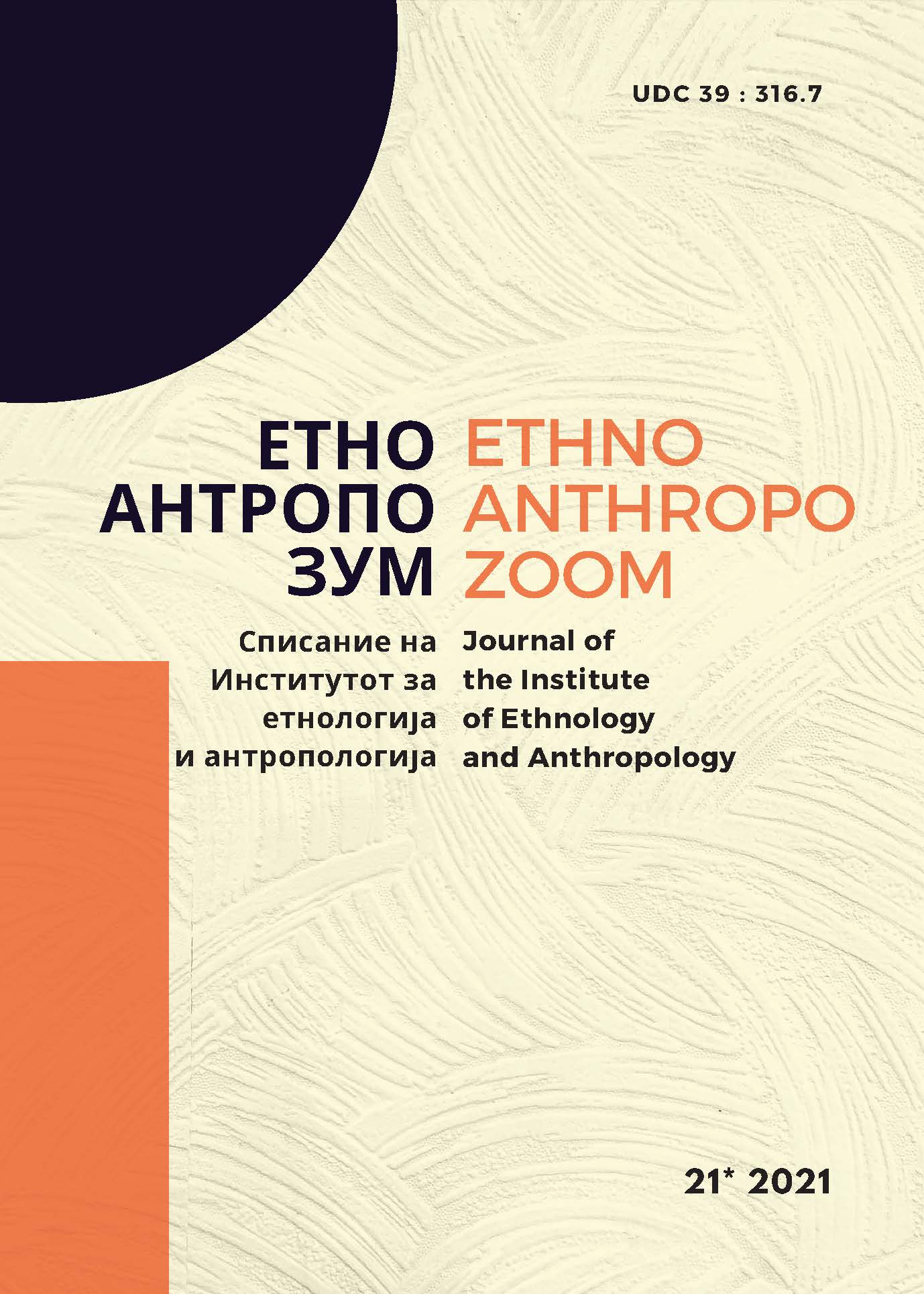
Во текстот се споредуваат антропогеографските истражувања на југословенскиот антропогеограф Јован Ф. Трифуноски вршени во Скопската Котлина од крајот на четириесеттите до крајот на шеесеттите години на XX век со објавените изворни османски пописни архивски материјали. Истражувањата на Трифуноски се темелни и детални, меѓутоа, во однос на миграциите, особено кај албанското население, се забележуваат одредени непрецизности и грешки. Преку примерот на неколку скопски села се бележат миграционите движења и усната традиција кај населението за иселувањата и доселувањата, која, споредена со османската пописна евиденција од триесеттите и четириесеттите години на XIX век, честопати е замаглена, непрецизна, а неретко и неточна.
More...
In the paper, the comparison is drawn between Yugoslav anthropogeographer Jovan F. Trifunoski’s anthropogeographic research done in the Skopje Valley from the late 1940s to the late 1960s and the published authentic census archive material from the period of the Ottoman rule. Trifunoski’s research is thorough and detailed. However, regarding migrations, especially the migrations of the Albanian population, inevitable imprecision and mistakes can be noted. The migrations and the locals’ oral tradition concerning these processes are illustrated in several Skopje villages. Compared to the Ottoman census records of the 1830s and the 1840s, this information is frequently blurry and imprecise, and at times inaccurate.
More...